With sage grouse conservation on public lands possibly under threat, strong conservation programs for private lands in the upcoming Farm Bill will help keep the birds dancing for decades
Earlier this month, the Department of the Interior initiated a review of existing sage grouse conservation plans, which were designed to keep sage grouse off the endangered species list. The combination of those federal plans, state plans, and voluntary conservation efforts for grouse on private lands led the U.S. Fish and Wildlife Service to the historic decision to not list the species in September 2015. The review has sportsmen and women concerned that DOI is shifting its focus away from securing quality habitat, the most critical factor to conserving sage grouse, and toward less scientifically-sound population management techniques.
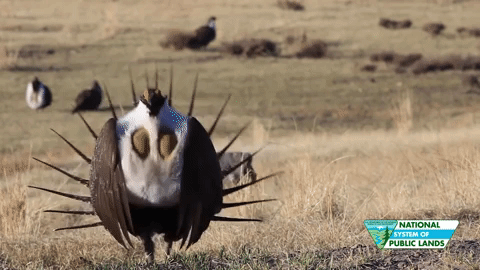
The review will deal primarily with public lands that are essential to survival of the species—in this case, 67 million acres of federally managed land in the sage grouse’s core range—and it’s possible that it will lead to less conservation and more energy development on those lands. Thankfully, sprawling cattle ranches that also provide crucial habitat are scattered among these public lands. If public land development ramps up, these private acres may become even more important than they already are to sage grouse.
It’s imperative that we work to conserve habitat and sage grouse on both public and private lands. Fortunately, the 2018 Farm Bill, a massive legislative package that specifically funds private lands conservation, is in the works.
A Win-Win for Sagebrush Country Businesses
In 2010, the U.S. Department of Agriculture launched the Sage Grouse Initiative, an innovative partnership between federal agencies, states, conservation districts, agricultural groups, and wildlife and sportsmen’s organizations. SGI’s goal is to implement farm bill conservation programs all across the Western landscape to reduce threats facing sage grouse, while also improving ranchers’ bottom lines.
You’ve heard us say before that farm bill conservation can benefit landowners, wildlife, and sportsmen, and SGI is no different. The initiative helps ranchers to voluntarily take steps to conserve the bird’s habitat. In exchange, ranchers get improved grazing lands. After all, many of the threats to sage grouse also negatively impact livestock forage and the agricultural economy across the West.
Ranchers also get regulatory predictability: SGI participants receive 30 years’ worth of exemptions from Endangered Species Act regulation, as long as they follow the conservation plans they agreed to use when they signed up. This predictability will apply even if the bird eventually lands on the endangered species list, so SGI ranchers have the government’s word that they’ll be able to keep their working lands working. It’s a win-win scenario.
If development on #publiclands ramps up, private acres may become even more important for sage grouse. Click To TweetMore Visible Fences, Better Habitat
One particular farm bill program, the Environmental Quality Incentives Program, has been helping ranchers in sage grouse territory since the beginning of SGI. It provides financial and technical assistance to landowners so they can complete conservation projects, and EQIP is the only farm bill program specifically intended to help agricultural producers meet environmental regulations.
In the case of sage grouse, landowners are using EQIP to help the birds survive.
For instance, because sage grouse are low flyers, they often fatally collide with livestock fences. Using EQIP funds and USDA technology, ranchers can reduce grouse strikes by up to 83 percent with one very simple step: marking wire fencing with flags in areas close to lek sites to make them easier to see. Those farm bill dollars have helped ranchers mark nearly 700 miles of fence across the birds’ range.
Landowners are also using EQIP to improve the quality of habitat for sage grouse. The farm bill program helps pay to remove invasive western juniper, which outcompetes sagebrush—reducing cover for nesting and eliminating other plants and insects important to the bird’s diet. Expanding juniper also provides hiding cover for grouse predators like coyotes and perches for hawks and ravens. One recent study showed that juniper removal helped address these issues and significantly boosted annual survival of the birds—they saw 25 percent population growth in one study area. While some people advocate for predator-control tactics to save the sage grouse, we can achieve just as much success, if not more, by enhancing the birds’ habitat.
Today, nearly 1,500 landowners are conserving millions of acres of land with these and other conservation practices. By the end of 2018, around $760 million will have been invested through SGI to conserve habitat and keep “working lands in working hands” across the West.
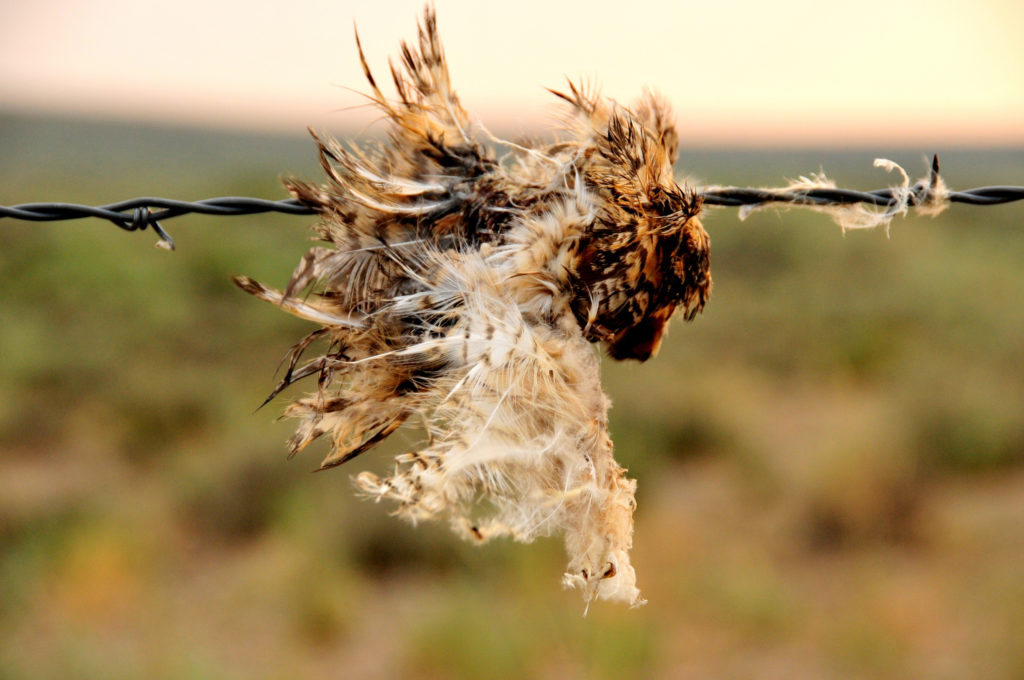
Good for the Birds, Butterflies, and Big Game
The benefits of sage grouse conservation also extend to habitat for 350 other plants and animals, including herds of elk, pronghorn antelope, and mule deer.
Studies have shown that sage grouse conservation efforts doubled the protection of mule deer migration habitat and winter range. Meanwhile, many other bird species, like songbirds and hawks, rely on restored and conserved sagebrush for their survival. Plus, restoration of wildflowers in sage-grouse territory helps to boost insect populations (in other words: grouse food), while providing stopover habitat for monarch butterflies, important pollinators, on their continental migrations.
Those EQIP funds made available through the Sage Grouse Initiative can help landowners support all of these other critters, big and small. Although we don’t hunt many of these species, they still play supporting roles in the vast sagebrush ecosystem and enhance the stories of our days afield in the West. It’s not an exaggeration to say that ensuring full implementation of the current conservation plans for sage grouse—including key provisions for private landowners—is the single most important thing we can do right now to conserve Western wildlife.
Working on Both Fronts
Sportsmen and women often think about sage grouse in the context of their habitat on public lands, which isn’t wrong. These lands are vitally important to the species. As the secretarial review moves forward in the next several weeks, we’re working to make sure public lands efforts remain scientifically sound and that the focus remains on habitat.
But nearly half of the land in the West is privately owned, so private lands and landowners, using farm bill programs like EQIP, are also absolutely critical to the sage grouse’s success and the health of the rangelands across the West. That’s why we’re focused on making the 2018 Farm Bill one that supports on-farm and off-farm businesses by offering voluntary conservation incentives to boost fish and wildlife habitat. This leads to better days afield, on private and public lands, and more resilient rangelands and rural economies that benefit from an influx of outdoor recreation dollars.

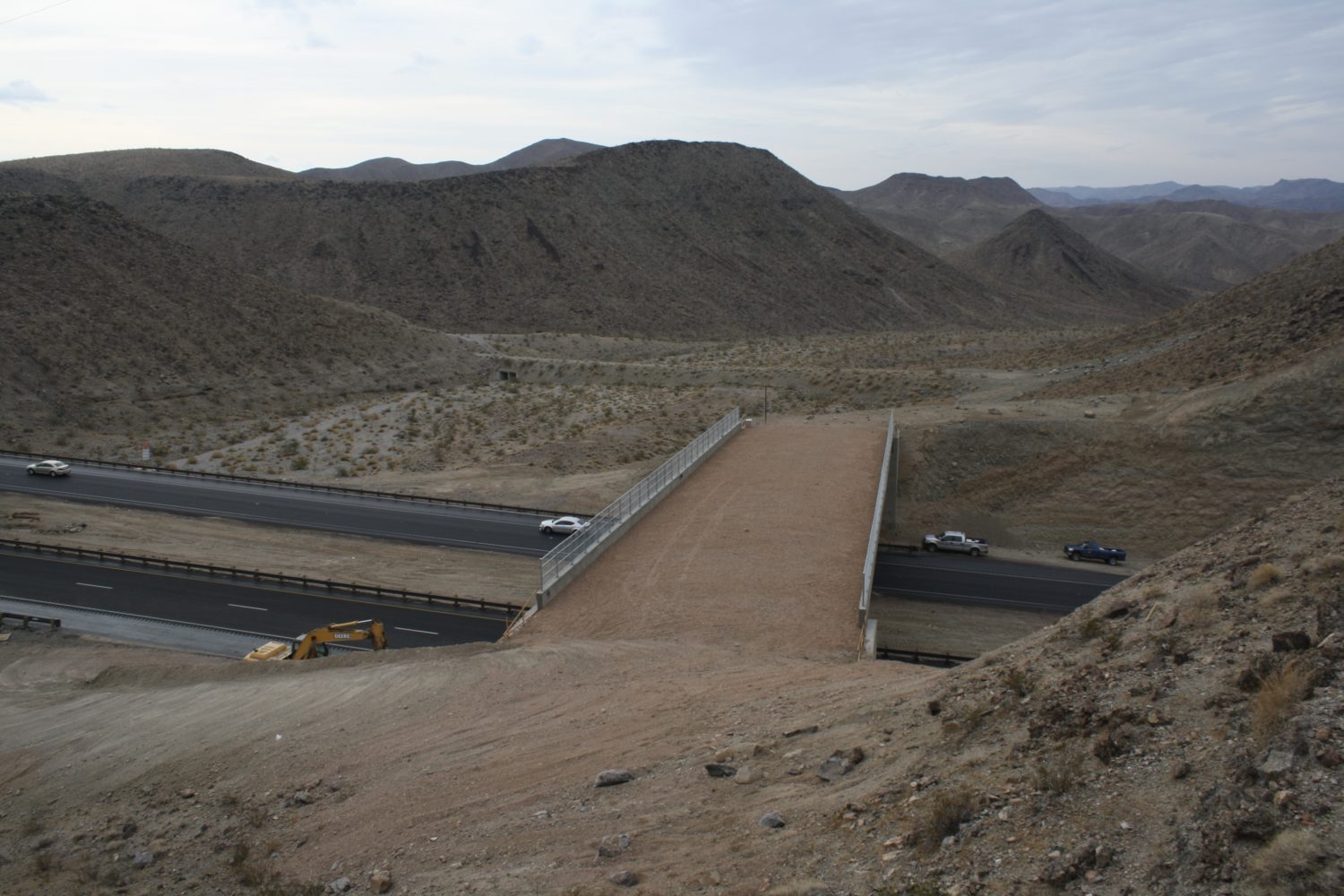

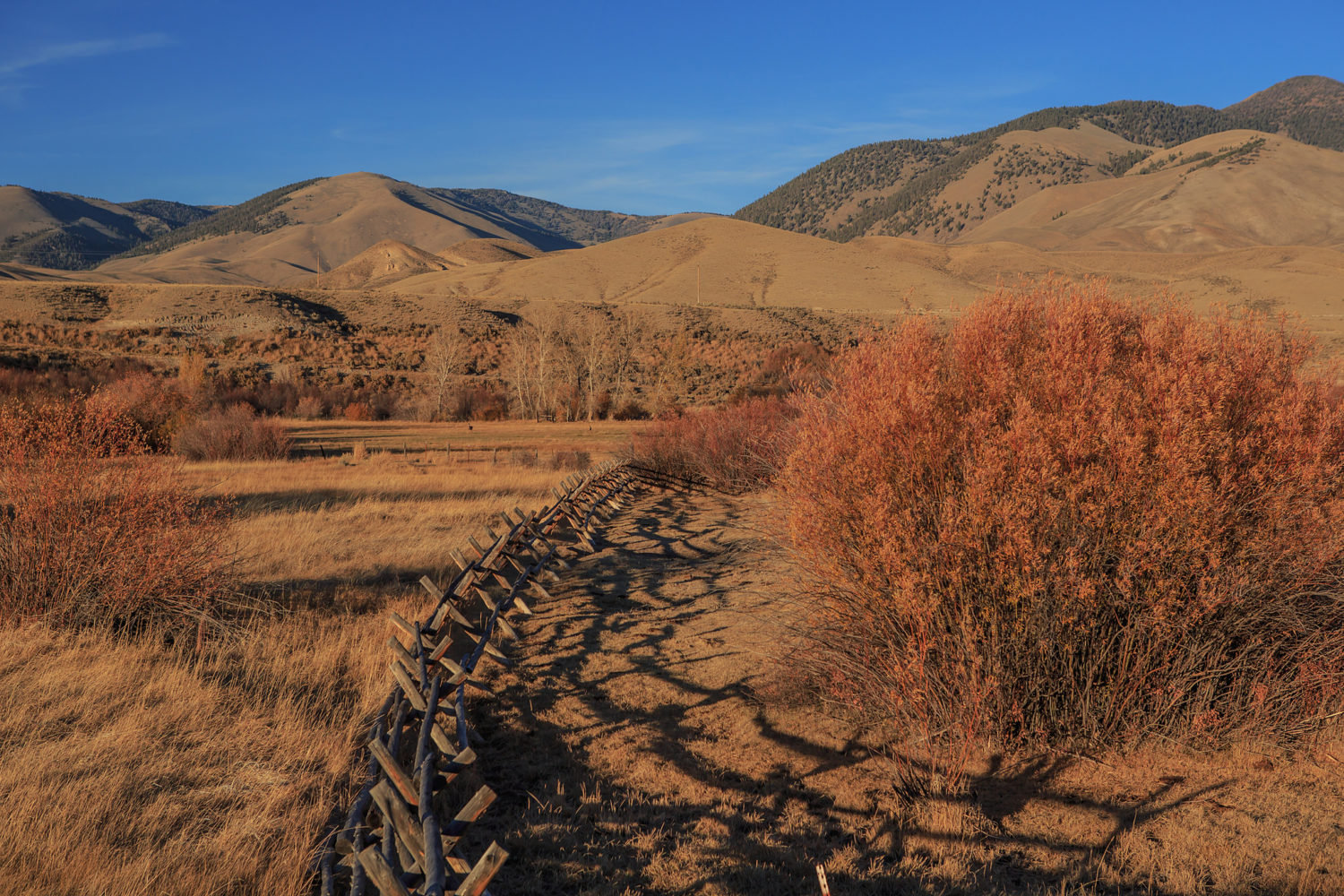
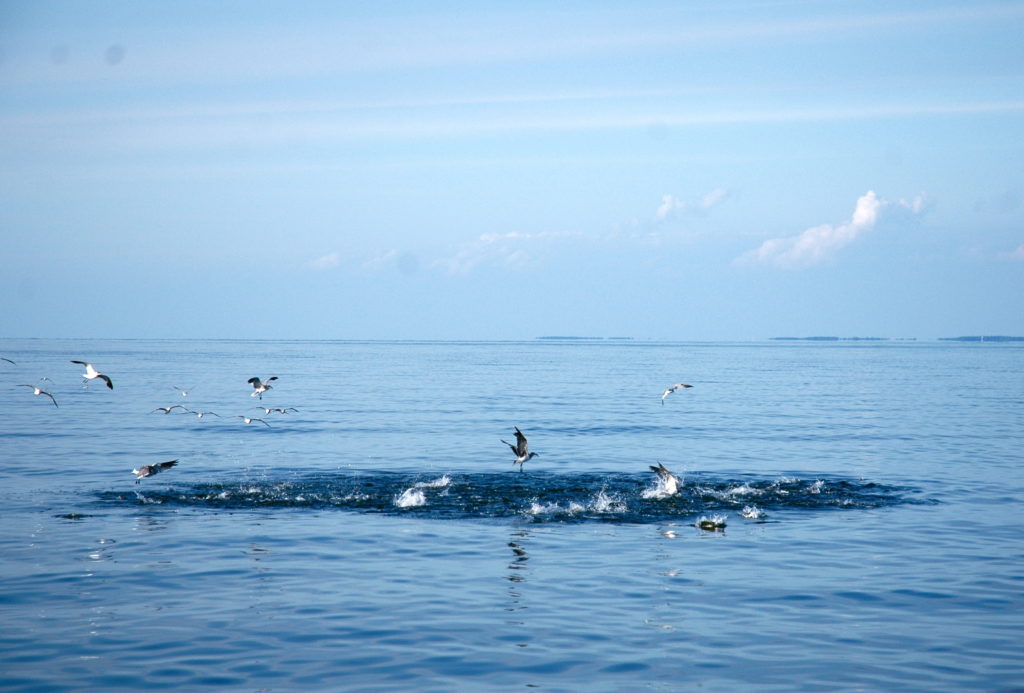
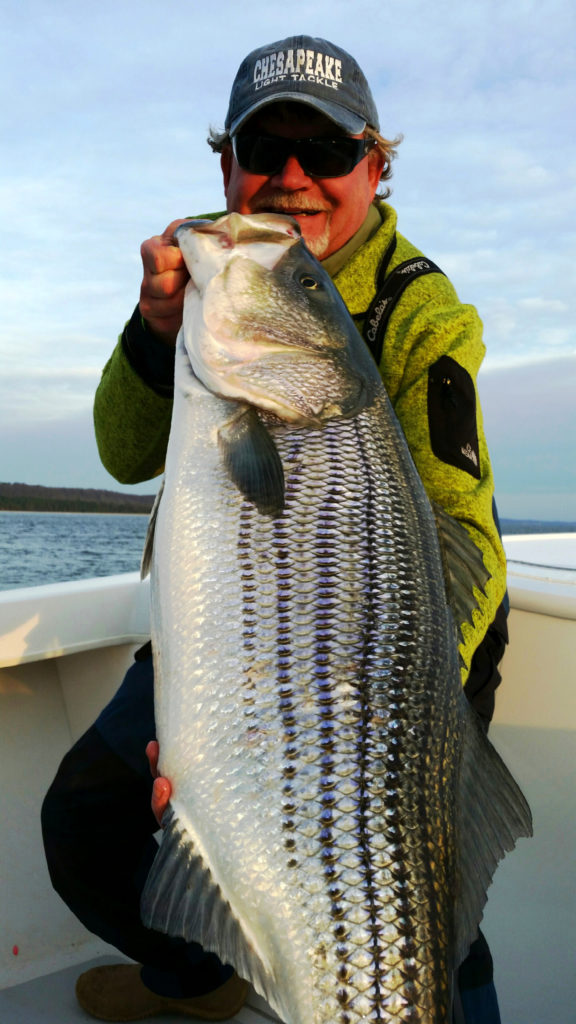




Please work to save theSage Grouse. Their very survival is on the line.
When Trump/Zinke’s agenda to drill public sage grouse habitat leads to the birds being listed as an endangered species, then their habitat will get the preservation it deserves. That will be the outcome of Zinke’s intent to disregard the hardfought cooperative agreement that prevented the birds’ listing. He thinks they can be raised in captivity, rather than preserving their habitat. As clueless as “the greatest boss in the world.”